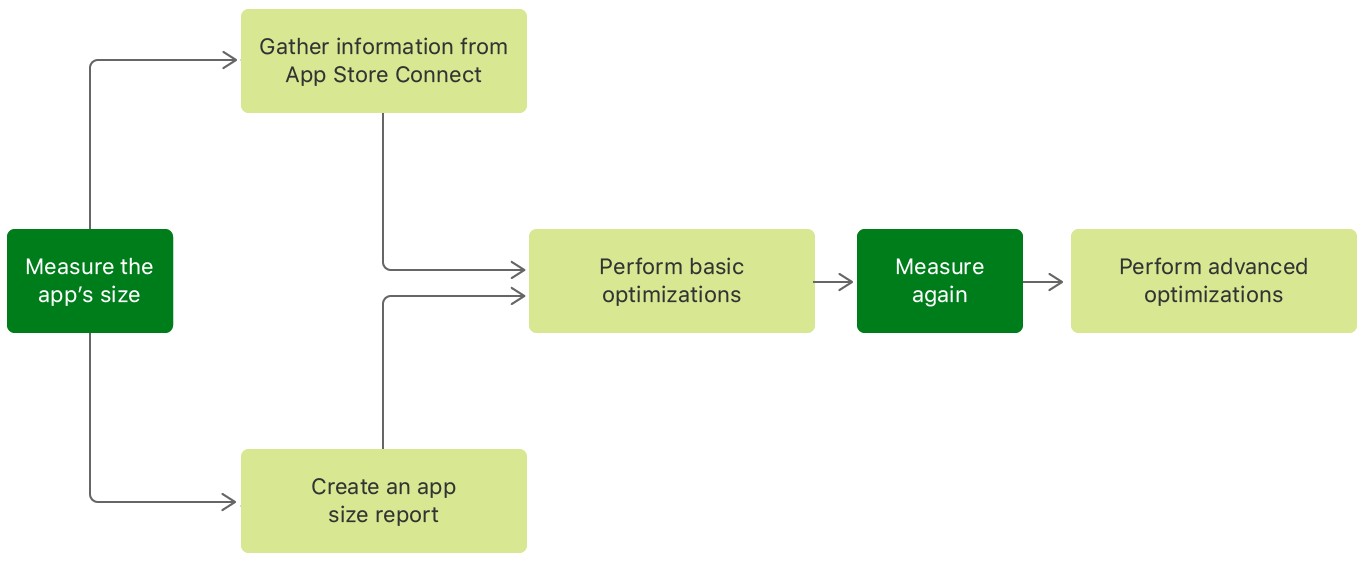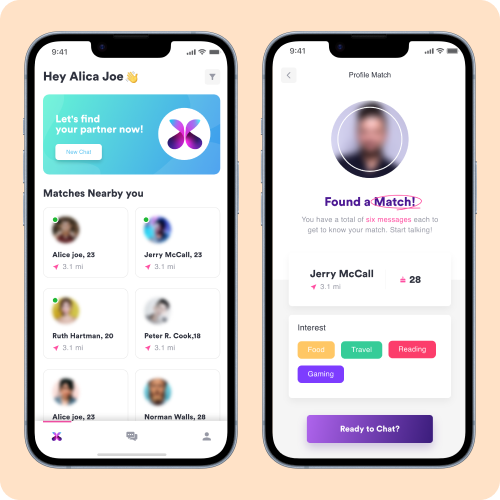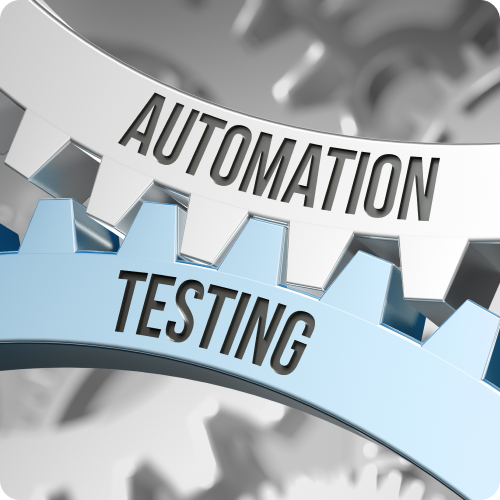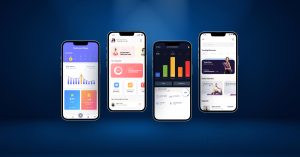A report by Kleiner Perkins says more than 15% of the global Internet traffic comes from mobile apps. This comes to around 1.5 billion mobile users from around the globe. So, you get it. Mobile Apps are important for your business. But does that mean that having just any mobile app will help your business?
A poor-performing mobile app can throw off your prospects and undermine your brand’s reputation. In this blog about how to improve your mobile app performance, I’ve talked about the Why’s, What’s, and How’s of mobile app performance optimization.
- Why is optimizing your mobile app’s performance important?
- What are the elements that decide the performance of a mobile app?
- How to improve your mobile app performance?
Let’s begin!
Why Is Mobile App Performance Optimization Important?
Here are a few stats to show why improving your mobile app performance is important.
- Over 52% of consumers agree that they are less likely to interact with a brand after a poor experience with their mobile app.
- 36% of users said that a slow app made them have a “lower opinion of the company.”
- 49% of e-commerce consumers expect a page to load in 2 seconds or less
- 60% of consumers abandon a mobile app just after 1 usage if they face any performance-related problems.
- 82% of the above users even went ahead to uninstall it if the mobile app performance problems still persist.
Mobile App is an online salesperson for your business. Just like a bad salesperson can be detrimental to the growth of your business, a slow mobile app with multiple performance issues can impact your company to a great extent.
Here are a few reasons why your mobile app performance matters in 2020.
More App Alternatives
The market space has become more competitive than ever before. Every business has alternatives. Let’s say that a user comes to your app but it takes too long to load. They will just go to the app store and go with the next app on the list.
User Expectations
67% of users choose mobile apps over mobile websites because they feel that it’s more convenient. 57% of users also prefer using mobile apps because they are faster.
A slow and laggy mobile app defeats the entire purpose of why your consumers downloaded your app in the first place.
A Decrease In Mobile App Ratings And Downloads
7-8% of your consumers give a poor app rating or review because of your app’s poor performance – slow/buggy/crashes. A drop of even 0.3 in app rating can decrease your downloads by up to 60%!
This number is huge and can directly impact your business growth.
Low CTRs & Conversions
According to a study, if you optimize your mobile’s performance and decrease its loading time by even 1 second, your app’s conversion rate will increase by up to 27%!
These were just a few reasons why improving mobile app performance is important for your business. Now that we know why mobile app performance optimization is important, what are the performance metrics that you should measure?
Mobile App Performance Metrics
When people talked about how to improve mobile app performance, a majority consider just the codebase quality and basic architecture of an app to be its performance metrics. This is not true.
There are many app performance metrics that decide how good your mobile app is. You can give these metrics to your team for mobile app performance optimization and effective testing of your app.
Here are a few of these app performance metrics.
Mobile App Size
Your app size is the #1 Metric you should check when thinking of how to improve mobile app performance.
Take any app on your mobile phone that you absolutely love! Unless it’s a gaming app, there is a high possibility that its size is less than 300 MB. Your app needs to be lightweight to make it easily accessible to all your users. Here are a few popular apps and their respective sizes.
- Facebook – 154 MB
- LinkedIn – 116 MB
- Snapchat – 200 MB
- Instagram – 89 MB
- Salesforce – 43.59 MB
Now compare the sizes of these apps and the functionalities they offer! The app sizes are highly optimized which also contributes to their number of downloads. Studies show that low app sizes accounted for higher app downloads & page views.

Device Performance
It doesn’t matter if you have created a native app or a cross-platform app for your business, testing & optimizing its device performance is important.
Monitoring device performance of your mobile app should include answering things like:
- What’s your mobile app startup time?
- Is your mobile app’s UI/UX comprehensible across all devices?
- What is the average battery consumption of your app?
- Does your mobile app run perfectly in the background?
- How is your app’s integration with other services, such as GPS, like?
Network Performance
Network Performance is another important metric when you are wondering how to improve your mobile app performance. If your mobile app interacts with networks (most apps do), checking for its functionalities on networks is a crucial part of the app performance optimization process.
Your app should be able to perform, to the best of its ability, over any network your user’s device is connected to.
Crash/Error Reports
This is one of the most essential app performance metrics you should be tracking. It directly impacts the user experience of your mobile app & helps you understand the reason behind app crashes.
It could be because of anything from an unexpected user action to your app’s incompatibility of a firmware’s features. Monitoring crash reports will help you address & solve a problem and thus, improve your mobile app performance!
Average Session Length/ Churn Rate
Average session time and churn rate are more of your app’s engagement performance metrics.
Monitor these metrics to improve your mobile performance by finding answers to questions like:
- What is the average session length of your mobile app?
- What are the most common exit screens of your mobile app?
- How many screens do your users visit per session?
- What is the churn rate of your mobile app? Do you know the reason behind those user churns?
These are just a few of your app’s performance metrics. The more metrics you monitor, the better you will be able to optimize your app! Other app performance metrics that can help you are – conversion rates, user lifetime value, time taken to make the first purchase (if any), etc.
Now that we know the top measurable metrics, how to improve your mobile app performance using them?
Mobile App Performance Optimization: How to Improve Your Mobile App Performance?
I’ve talked about why mobile app performance optimization is important and what are app performance metrics you should measure. So, now, it’s to discuss how to improve your mobile app performance using these metrics.
Step 1. Minimize the Application Size

As we discussed earlier, your app’s size plays a crucial role in downloads and, in many cases, even user experience. The number of installs decreases by 1% for every 6 MB increase in app size!
So, how can you minimize size to improve your mobile app performance?
There are many different ways to decrease app size and improve mobile app performance. Here are a few of them.
-
Using App Bundles
App Bundles is one of the things you can use when thinking of how to improve mobile app performance.
One of the most challenging parts, for both Android and iOS developers, has been to create an app that is compatible across all devices without increasing the app size.
Optimizing an app for a variety of screen densities, languages, CPU architectures, etc. definitely takes a toll on the app’s size. This is why both Google & Apple suggest different ways to reduce app sizes to improve the performance of your mobile app.
Google suggests the use of Android App Bundles to publish your app instead of putting out a universal APK.
Installing a universal APK just meant that there was a significant part in the codebase and many other features that a user might never need for their devices.
When launching the Android App Bundles in 2018, the Google blog said that it will help developers to reduce the app size by up to 35% and thus significantly improving their app performance.
Apple however offers different ways to reduce the size and optimize the performance of your app.

Apple suggests creating an app size report first. Then it suggests performing basic optimizations such as adjusting the app’s build settings. To further improve mobile app performance and reduce its size, you can also use advanced optimizations such as adopting on-demand sources.
-
Dynamic Features Module Or On-Demand Resources
Monitor your mobile app and create a list of functions that are rarely used or needed. In simpler words, find functions in your app that are not needed for the core functionality of your app. Put these in a separate folder that can be downloaded or called when required.
This feature is known as the Dynamic Features Module in Android. In Apple, it’s called the assets pack!
-
Image Optimization
While high-quality images are important to create an intuitive UI for your mobile app, they end up increasing the overall app size.
Now, the solution to image optimization is not as simple as just using low-quality images. Doing this might impact your mobile app’s UI. On the other hand, converting images from .png and .jpeg format to .webp format can reduce app size without increasing your mobile app’s size.
Step 2. Using CDN for Faster APIs
Content Delivery Network (CDN) has proven to be one of the effective ways of how to improve mobile app performance.
APIs basically allow a mobile app to interact and get information from other applications. A typical API call looks something like this.
API Consumer (Your App) sends a GET request to an API endpoint which is another application. To retrieve the requested information, the API endpoint connects with its application server which further connects with the database server.

This path by which information has to travel is long and creates issues like – increased latency, reduced reliability, and traffic spikes.
This is where a CDN plays an important role in shortening this path and improving your mobile app performance.
A Content Delivery Network (CDN) is a network of servers that are located at multiple locations. So when your app’s API submits a GET request, the requested information is retrieved from the nearest server location.
Using CDN allows a faster flow of data between APIs while making the entire process more reliable and thus, significantly improving your mobile app performance.
Step 3. Reduce App Loading Time
Be it the opening time of your app or the loading time between screens, App Load Time plays a significant role in User Experience.
Your users expect a faster mobile app and this is why reducing app load time is a crucial part of mobile app performance optimization. There are many different ways to reduce app load time.
- Using a CDN (as discussed above) is one of the most effective ways of reducing app load time and hence, improving mobile app performance.
- Lightweight apps have a faster load time than heavy apps. So, follow all the ways of reducing your mobile application size, such as image optimization.
- Monitoring your mobile app’s codebase to find and remove dead code makes your app faster. Dead code is basically the part of your codebase that never gets called or executed!
- Follow optimization techniques like caching, optimizing routes, etc. to reduce load app load time and thus, improve your mobile app performance.
Bonus: Offer offline mode in your app that allows them to access its basic functionalities and save their data in case of a slow connection!
Step 4. Functional Not Fancy App
Yes. You read that right! You should emphasize creating a fully functional app instead of creating a fancy app with animated features that take forever to load. This can be one of the key strategies of how to improve mobile app performance.
Monitor the functionalities of your app. Try eliminating the features that are not core to your mobile app and are impacting its performance.
Once you have created a super-fast and well-optimized app with its core functionalities, you can ask your team to add more features and keep optimizing it along the way!
In the case of mobile apps, it’s safe to say that the less, the better!
Step 5. Set Up An APM System
An Application Performance Monitoring (APM) system has become crucial for mobile apps in today’s competitive world, especially if you wondering how to improve mobile app performance.
An APM system helps you monitor the performance & availability of your mobile application. Consistent performance monitoring and optimization help you to tackle issues as quickly as they show up.
This means that using the APM system will help you quickly understand your app’s end-user problems as well as deep-seated performance problems. This helps you to improve the performance of your mobile application to a great extent and present your services/products in the best manner possible to your customers.
Over to You
Mobile application performance optimization becomes a key strategy for increasing app revenue in today’s overcrowded app market space. Try building lighter & faster apps at the beginning and ask your mobile app development team to keep optimizing it for better performance.
I hope that this article helped you with a few basics on how to improve mobile app performance. Having said that, a highly experienced team plays an integral role in creating a functional & well-optimized mobile app for your business. This is where we can help!
Resourcifi is an award-winning Staff Augmentation company. After years of thorough vetting of talents, we have set up a team of expert mobile app developers. Our aim is to help startups, small businesses, and enterprises with access to world-class web & mobile app development.
Contact us with your mobile app development needs today!
Want to know how much you can save by setting up your development team at Resourcifi? Use our savings calculator to find out now!








































